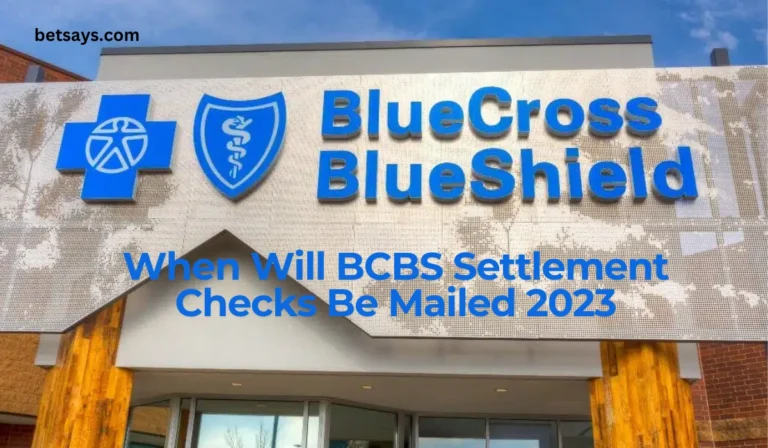Red Iron Metal Buildings: Are They Worth the Investment?
Red iron metal buildings are a popular choice for a variety of applications, from agricultural and industrial facilities to commercial spaces and even residential homes. But are they worth the investment? One of the first questions that arises when considering this type of construction is the cost. Are red iron buildings more expensive than other options?
The answer, like with most construction projects, is: it depends. While it’s true that red iron buildings can sometimes have a higher upfront cost, it’s crucial to consider the long-term value and benefits they offer. Let’s break down the factors that influence the cost of red iron metal buildings and explore why they might be a worthwhile investment for your next project.
Factors Affecting the Cost of Red Iron Buildings
Several key factors can influence the overall cost of a red iron metal building:
- Size and Span: Red iron steel is often favored for larger structures with wide open spans, such as warehouses, manufacturing plants, and airplane hangars. Naturally, larger buildings require more materials and labor, impacting the final price tag.
- Strength and Durability: Red iron I-beams are inherently robust. This added strength translates to a building that can withstand heavy loads, harsh weather conditions, and even seismic activity. While this durability comes with a slightly higher initial cost, it can result in significant savings on maintenance and repairs over the building’s lifespan.
- Construction Time: The complexity of a red iron building project can influence the construction timeline. Larger, more intricate designs may require longer construction times, potentially increasing labor costs. However, for smaller, simpler buildings, the prefabricated nature of red iron components can actually speed up construction and potentially reduce labor expenses.
- Specialized Equipment: Constructing large red iron buildings often necessitates the use of cranes and other heavy machinery, which can add to the overall project expenses.
Cost Advantages of Red Iron Buildings
While the initial cost of a red iron building might be higher in certain cases, it’s important to consider the long-term cost advantages they offer:
- Longevity and Reduced Maintenance: Red iron’s inherent strength and resistance to damage contribute to a longer lifespan and lower maintenance requirements compared to other building materials. This translates to significant cost savings over time.
- Design Flexibility: Red iron’s clear-span capabilities allow for greater design flexibility and efficient use of interior space. This can be particularly valuable for businesses that require large, open areas without the obstruction of columns or support walls.
- Faster Construction (in some cases): As mentioned earlier, while larger red iron projects can take longer, smaller buildings can often be erected quite quickly due to the pre-engineered components. This can lead to lower labor costs and quicker project completion.
- Energy Efficiency: Red iron buildings can be easily insulated, contributing to improved energy efficiency and lower utility bills.
- Resale Value: Due to their durability and longevity, red iron buildings tend to hold their value well, making them a smart long-term investment.
Comparing Costs: Red Iron vs. Other Building Types
When evaluating the cost-effectiveness of red iron buildings, it’s essential to compare them with other common construction methods:
- Wood Frame Construction: While wood framing may have a lower upfront cost, it can be more susceptible to damage from pests, moisture, and fire. Red iron, on the other hand, offers superior resistance to these threats.
- Concrete Block Construction: Concrete block buildings can be durable, but they often require more time and labor to construct. Red iron buildings, with their pre-engineered components, can often be erected more quickly.
- Steel Frame Construction (other types): While other types of steel framing exist, red iron I-beams are specifically known for their strength and suitability for larger, clear-span structures.
Making the Right Decision
Ultimately, the decision of whether to invest in a red iron building depends on your specific needs, budget, and long-term goals. To make an informed choice, consider the following:
- Obtain Detailed Quotes: Contact multiple building suppliers and request detailed quotes for both red iron and alternative building systems. This will give you a clear picture of the costs involved.
- Factor in Long-Term Costs: Don’t just focus on the initial construction costs. Consider the long-term expenses associated with maintenance, repairs, energy consumption, and potential resale value.
- Evaluate Your Needs: Assess your specific requirements for size, span, durability, and design flexibility. Red iron might be the ideal choice if you need a large, robust building with open interior space.
By carefully weighing the factors discussed above, you can make an informed decision about whether a red iron metal building is the right investment for your project. While the upfront cost may be a consideration, remember that the long-term benefits of durability, design flexibility, and potential cost savings can make red iron a wise and economical choice for many building applications.







